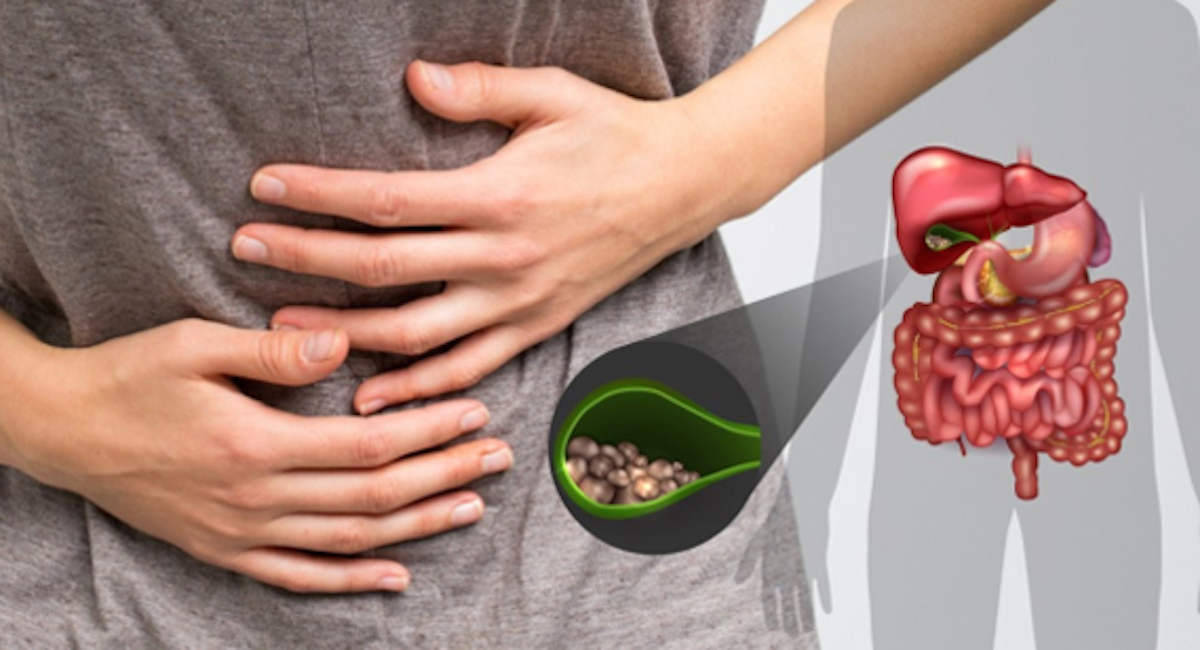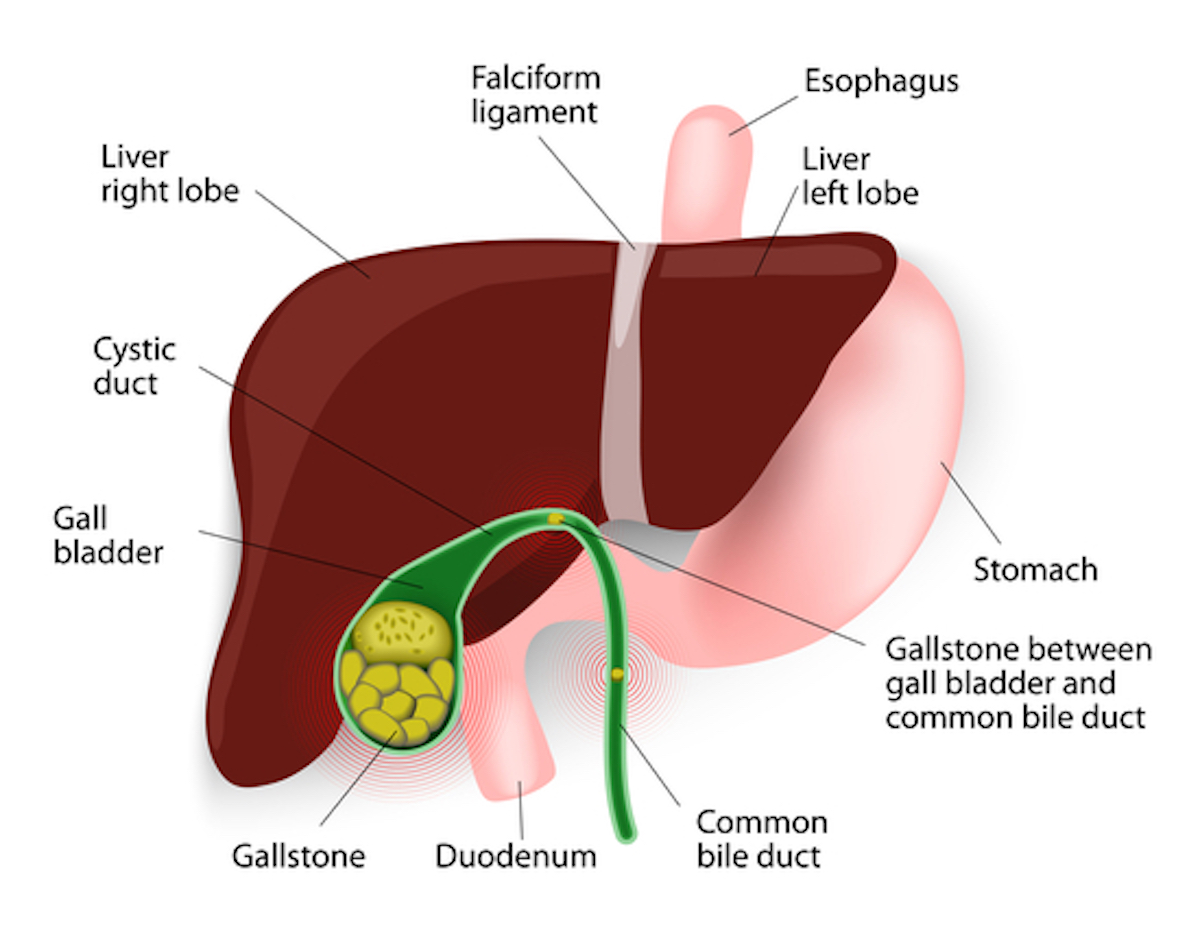Gallstones, medically known as cholelithiasis, are a very common health condition in developed countries, like the United States or Canada. About 20% of Americans who are 65 or older suffer from this condition. In some cases, you have nothing to worry about, but in 20% of the cases, it is necessary to intervene medically. Otherwise, life-threatening complications may occur. How to recognize you have cholelithiasis and what to do next is, therefore, necessary for everyone.

What Are Gallstones?
Gallstones develop in the gallbladder and are hardened collections of (bile) substances. This can be cholesterol, bilirubin, bile salts, and/or lecithin. Often these substances collect at the bottom of the gallbladder until they harden into gallstones and grow slowly every time bile washes over them and the “stones” collect extra bile substances. There are two types called cholesterol gallstones and pigment gallstones. The first one is the most common type. These often yellow-looking stones consist mainly of undissolved cholesterol. Pigment gallstones are dark-colored stones that develop if the bile has too much bilirubin in it.
Another cause is that the gallbladder doesn’t empty correctly. If it doesn’t empty completely or often enough, bile may become very concentrated and cause gallstones. The size of these stones varies, they can be as small as a pebble or the size of a golf ball. As said before 80% of the people with this condition won’t experience any symptoms or have any health problems. Gallstones become a problem if they get loose and travel to the bile duct and create a blockage – which is 20% of the cases.
Risk Factors of Gallstones
Everyone can get gallstones, doesn’t matter the age. However, people over the age of 40 have an increased risk. In addition, women also have a greater risk of cholelithiasis, this is due to the hormones estrogen and progesterone. The woman to men ratio is 3:1. Other factors that increase the risks include:
- Ethnicity; Native Americans & Hispanic
- Obesity
- Sedentary lifestyle
- Pregnancy
- Diet; High-fat, high-cholesterol, and/or low-fiber
- Family history with gallstones
- Diabetes
- Blood disorders, like sickle cell anemia or leukemia
- Losing weight too quickly
- Medication that contains estrogen
- Liver disease
Gallstones don’t have to be a serious condition and most people don’t even know they have them or need treatment for it. Once a gallstone gets loose and travels to the mouth of the gallbladder, it can obstruct the bile flow. It can also travel further and obstruct the bile ducts. The substance is then forced to divert to the nearest organs because otherwise, a buildup of bile occurs in the bile duct which causes pressure and pain to the nearby organs. Bile in organs can cause serious complications, such as gallbladder disease, liver disease, gallstone pancreatitis, jaundice, and malabsorption.

Warning Signs of Gallstones
Once again if the gallstones are in the gallbladder you won’t experience any symptoms, and you can live your life just like before. The moment the stones start to travel and block important mouths and ducts, you start to experience symptoms. Warning signs of loose stones include:
- Sudden, sharp, and intensifying abdominal pain in the upper right side
- Sudden, sharp, and intensifying pain just below the breastbone
- Severe pain between the shoulder blades
- Pain in the right shoulder
- Nausea & vomiting
- Fever & chills
- Jaundice
- Sunken eyes
- Dark-colored pee
Treatment Options
Often the pain comes in episodes that may last for several hours – often after a large meal. If you suspect you’re suffering from these symptoms, make sure to contact your professional healthcare provider. He or she will do a physical exam and if necessary run blood tests and imaging tests, like an ultrasound. They will search for the obstruction and once they located it, start treatment. Treatment options include:
- Endoscopy (ERCP), to remove the obstruction
- Surgery, to remove the gallbladder
- Medication, to dissolve smaller gallstones that cause symptoms
Make sure you’re completely informed on the subject, by continuing your online research for more information about the gallbladder, -stones, special prevent-gallstones diet options, and treatment options here:

